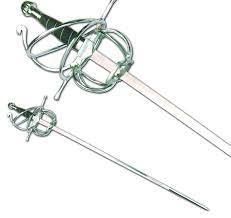Wednesday, June 24, 2015
What deadly weapon is still used in the House of Commons?
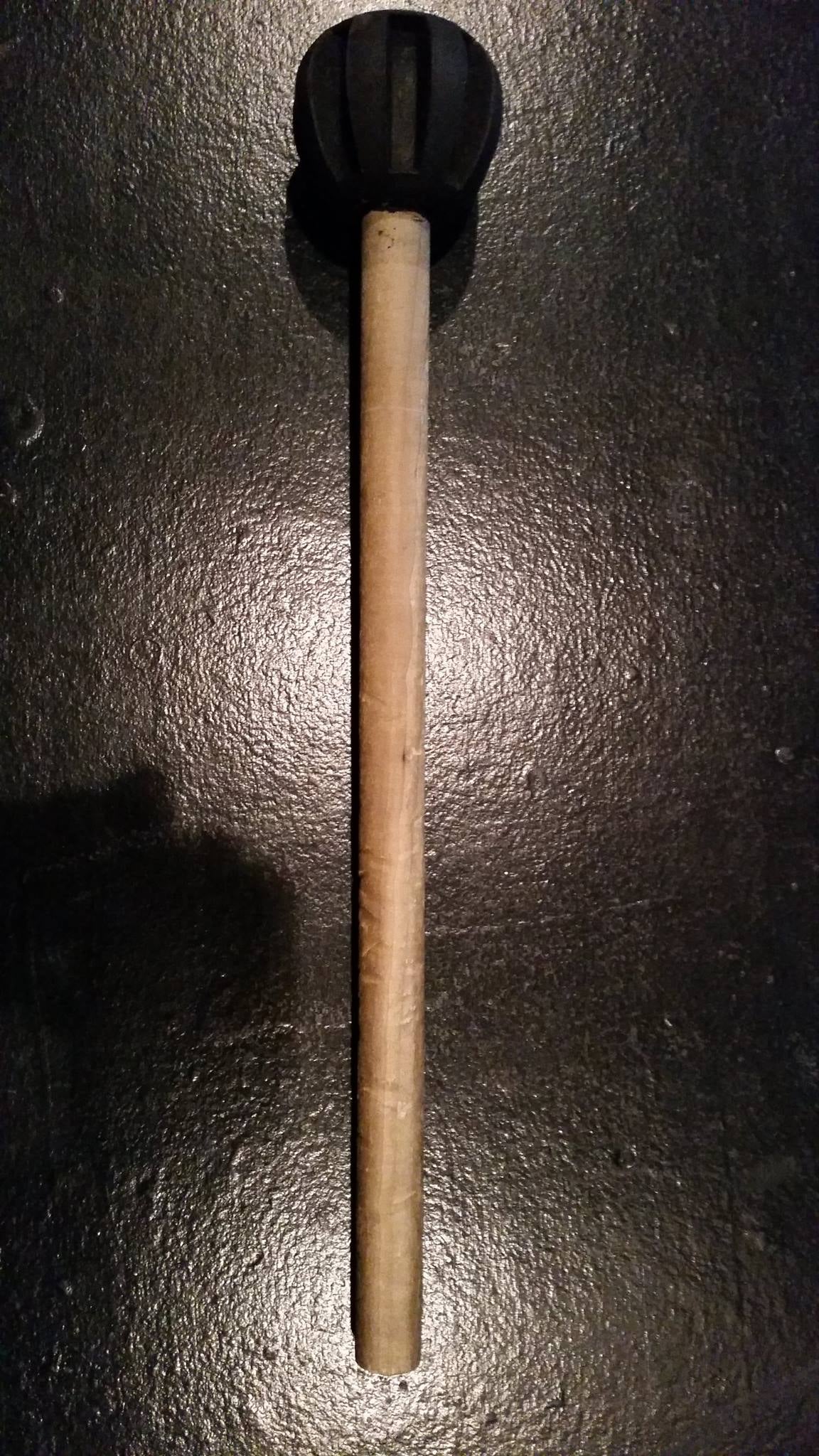
The use of a mace, a medieval battering weapon, in the Houses of Parliament, is a ceremonial tradition that was passed down to Canada from Great Britain. It is used as a ceremonial piece in different events within Parliament. The mace is held by the Sergeant-at-Arms and is used to show the power of the Speaker and the power granted by the English Crown to pass laws in the House of Commons. The current ceremonial mace
has been in use since 1917 after the original one was burned in the Centre Block fire, which took place on February 3rd, 1916.

The mace was used as a weapon in the medieval era. This weapon dates back to the 12th century, but some anthropologists suggest it emerged even. A mace’s handle could be made from metal or wood, with a heavy head on one end. The head might be a ball with spikes or chains designed to inflict maximum damage. The mace has many different variations, but most are used in the same way.
The mace was used in close combat, and the wielder would practice through strength training and target practice. The mace was traditionally used when the wielder was on foot or on horse, and caused blunt force trauma damage to its victims. A hit from a mace could damage a knight even with his armour on, making it an effective battle weapon.
Wednesday, June 17, 2015
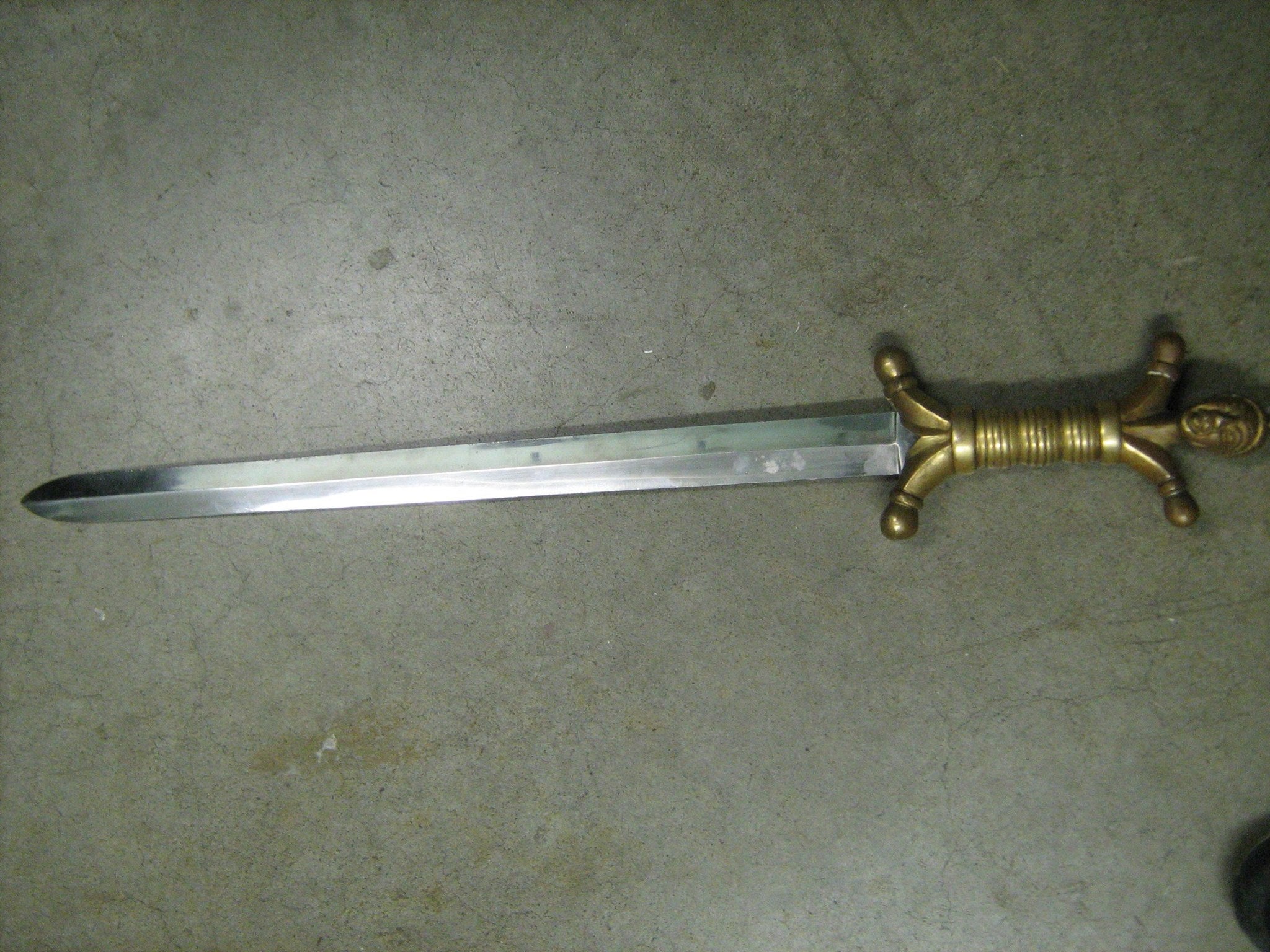
Did you know Celtic tribes created sword handles to look like humans?
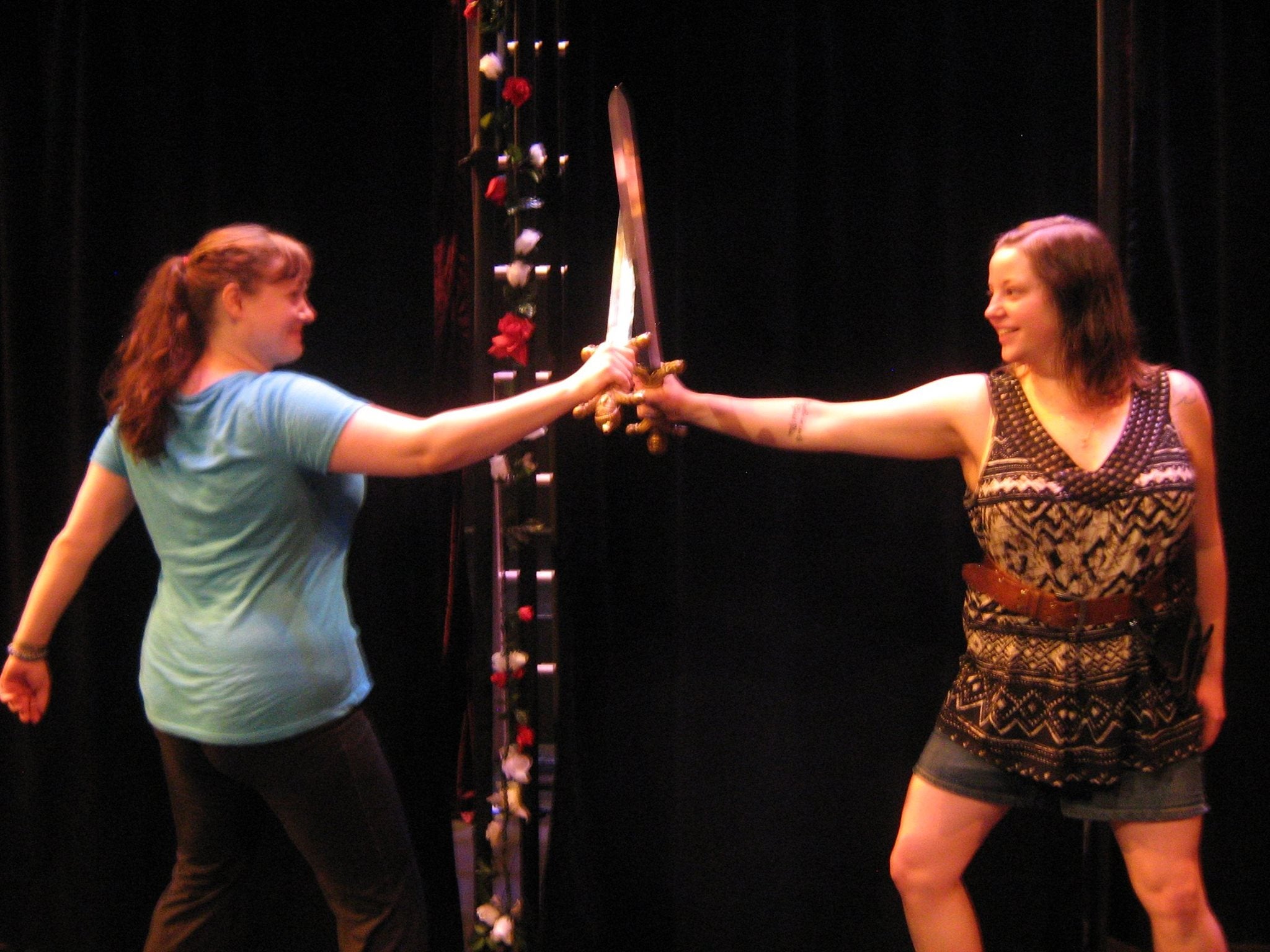
Iron Age Celtic tribes created the anthropomorphic Celtic sword. These tribes, who travelled throughout Europe between the 5 BCE to 50 AD, represented the Celtic culture or La Tene, and was known for its advancement in metalwork and several art styles. La Tene’s style of art is geometric patterns that can form abstract or realistic images, which can include spirals or knot work for decoration.
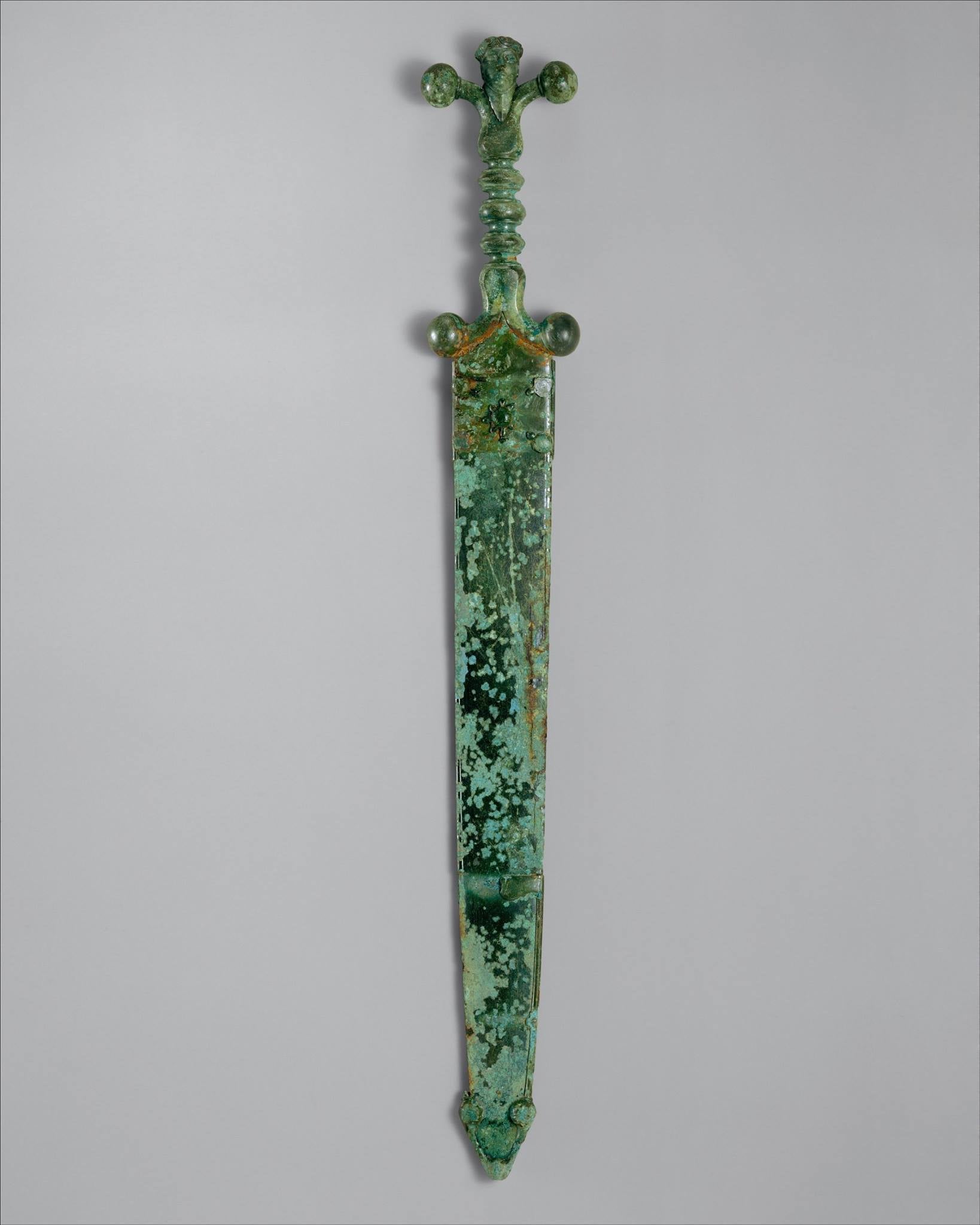
Wednesday, June 10, 2015
Did you know that all knights used a short sword at some point in their life?
When a knight lost his main weapon in battle, he would continue fighting with a short sword. The size of the sword made it easy to carry around without getting in the way.
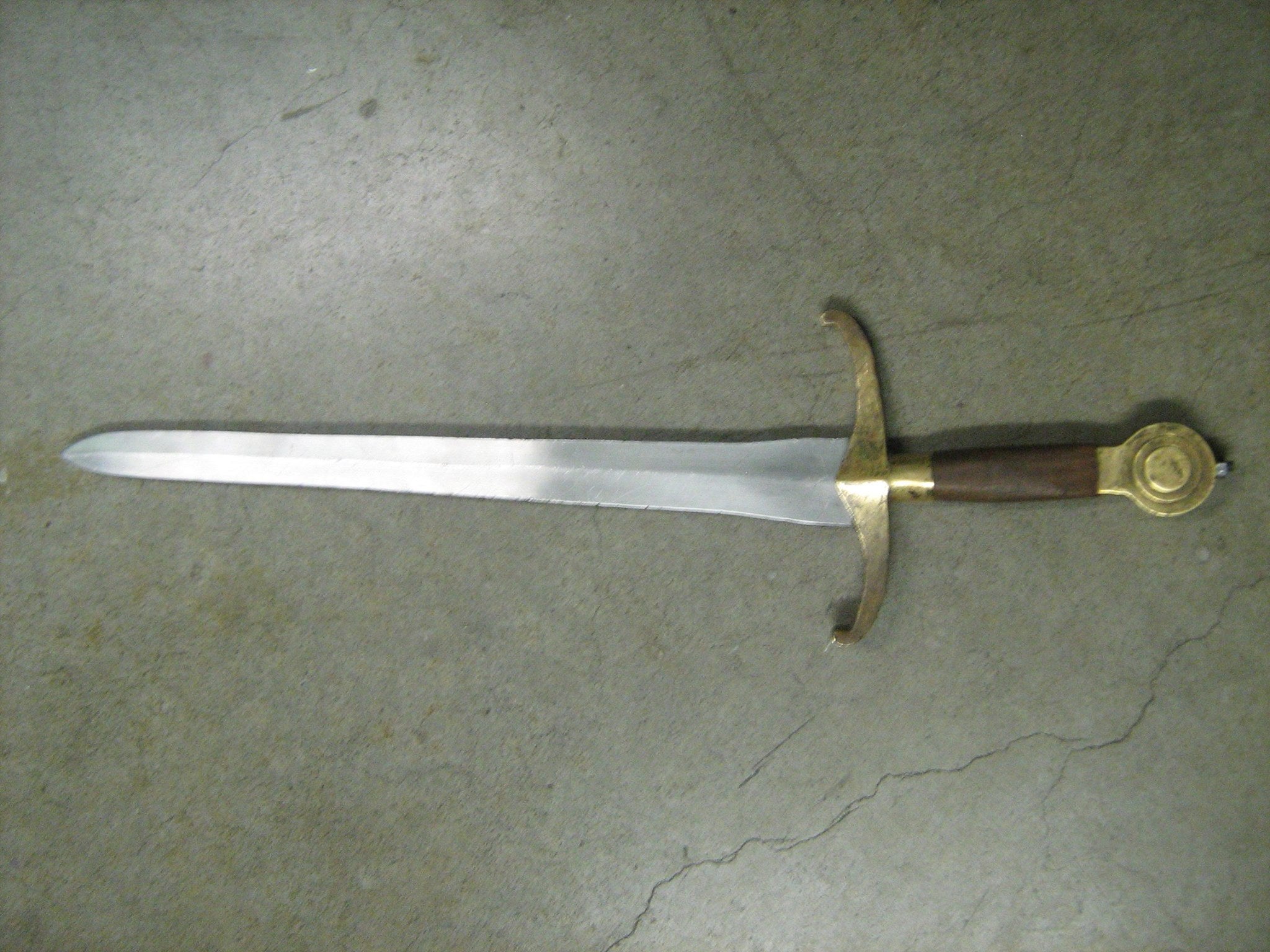
The short sword is also known as the arming sword. The sword was used with a shield or buckler and had its peak of popularity from the 11th to the mid-14th century. Knights wore the short sword even when not in armour because without a weapon, they were considered undressed. After the long sword became popular, the short sword became less favoured. The sword became a secondary weapon for a knight to use when their main weapon was lost, broken, or taken from them. When knight dismounted in battle or in a tournament, they often took their short sword to continue fighting.
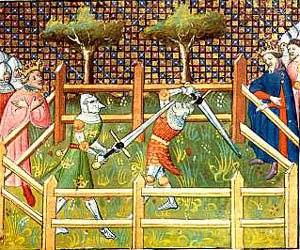
The short sword is a single-handed sword with a short blade that can range from 30-32 inches long, and was used with a thrusting or cutting action.Since the blade is short, the sword is most effective in close combat, or in a small-scale fight. The short sword in the 12th century had two different designs for hitting opponents in armour: first, a heavily reinforced blade that caused blunt force trauma, and second, a narrower design for piercing armour.
Wednesday, June 3, 2015
The Double-Bladed Battle-Axe (Labrys)
Did you know the shape of the double-bladed battle-axe was a symbol of a goddess?
In the Minoan civilization (2500BC-1400BC) on the island of Crete, the double-bladed battle-axe or double-bladed labrys was a representation of the mother goddess. The symbol of the goddess's axe, which is shaped as a butterfly, is thought to have represented the different stages in the life cycle. The symbol of the labrys goes beyond the Minoan civilization into Greek culture and myth. Hercules is said to have taken the double-bladed labrys from the deadly Amazon Aella after taking her life; he later gifted the weapon to his father.
Battle-axes were commonly used in the medieval period. The axe could be single- or double-bladed and were used in close combat. The weapon was swung with greater force than a sword to cause more damage to the opponent. With more focus on force and blunt attacks, there was less training required to handle the axe. The axe itself could also be thrown at the opponent at a distance.
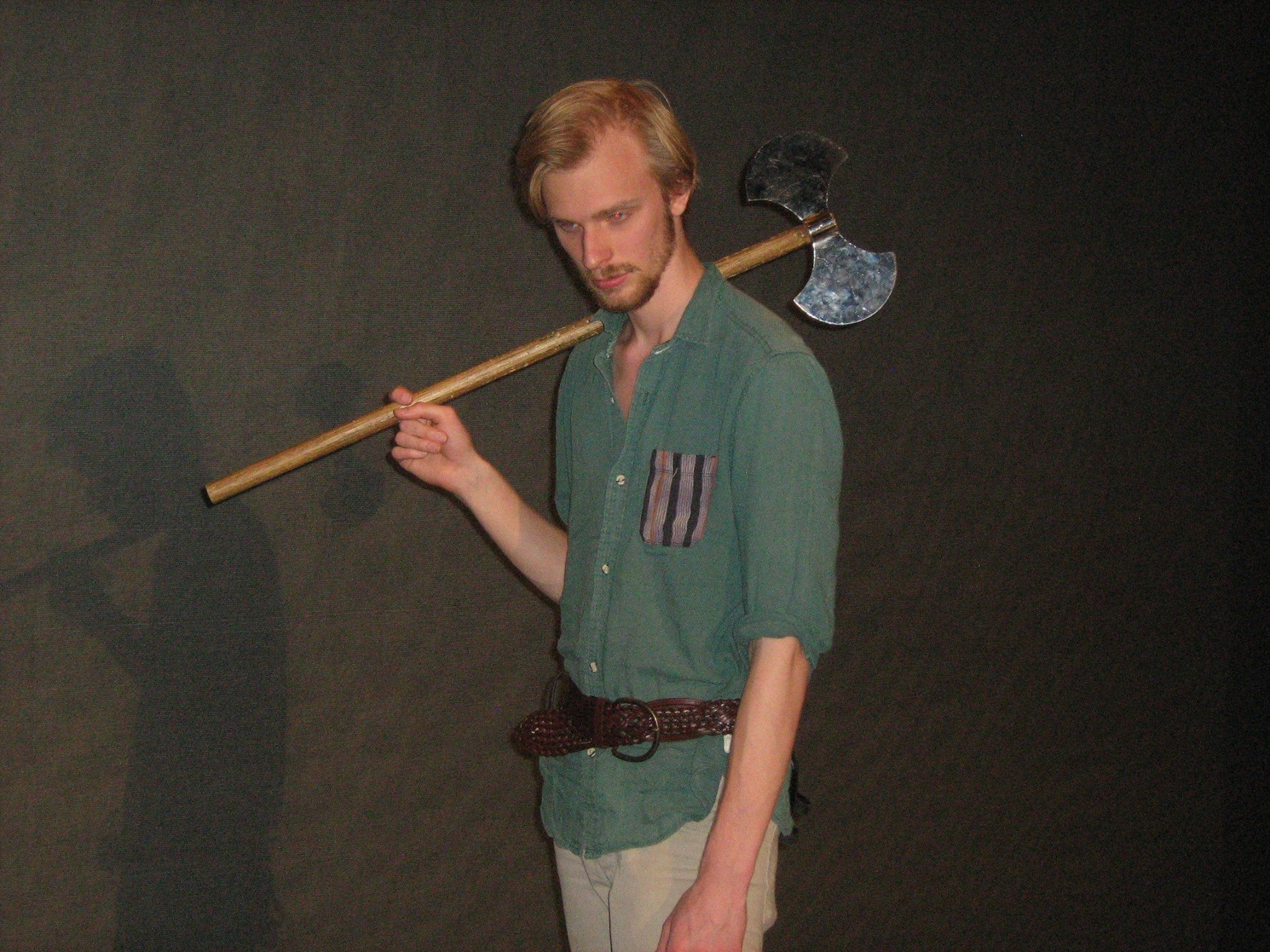
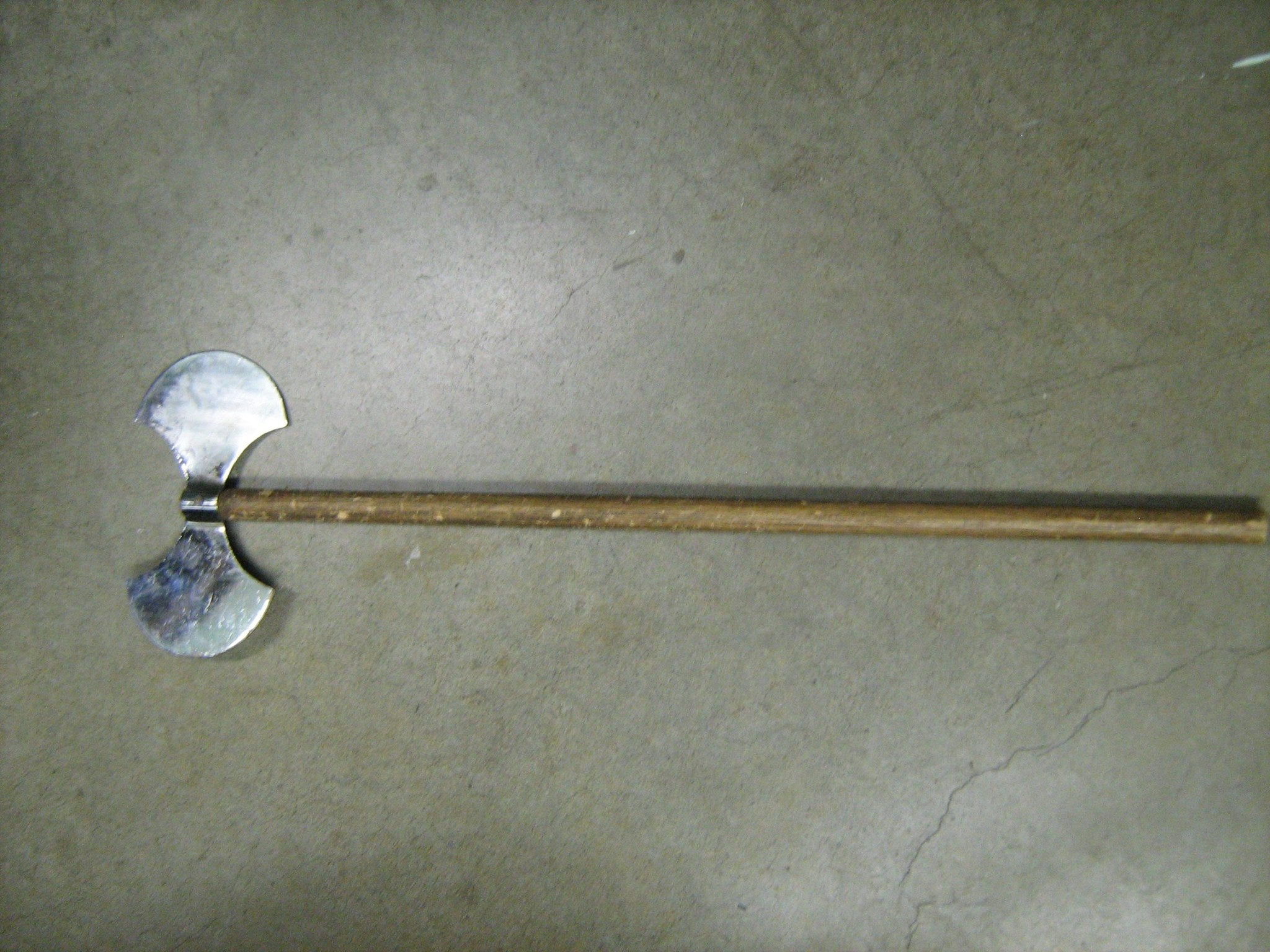
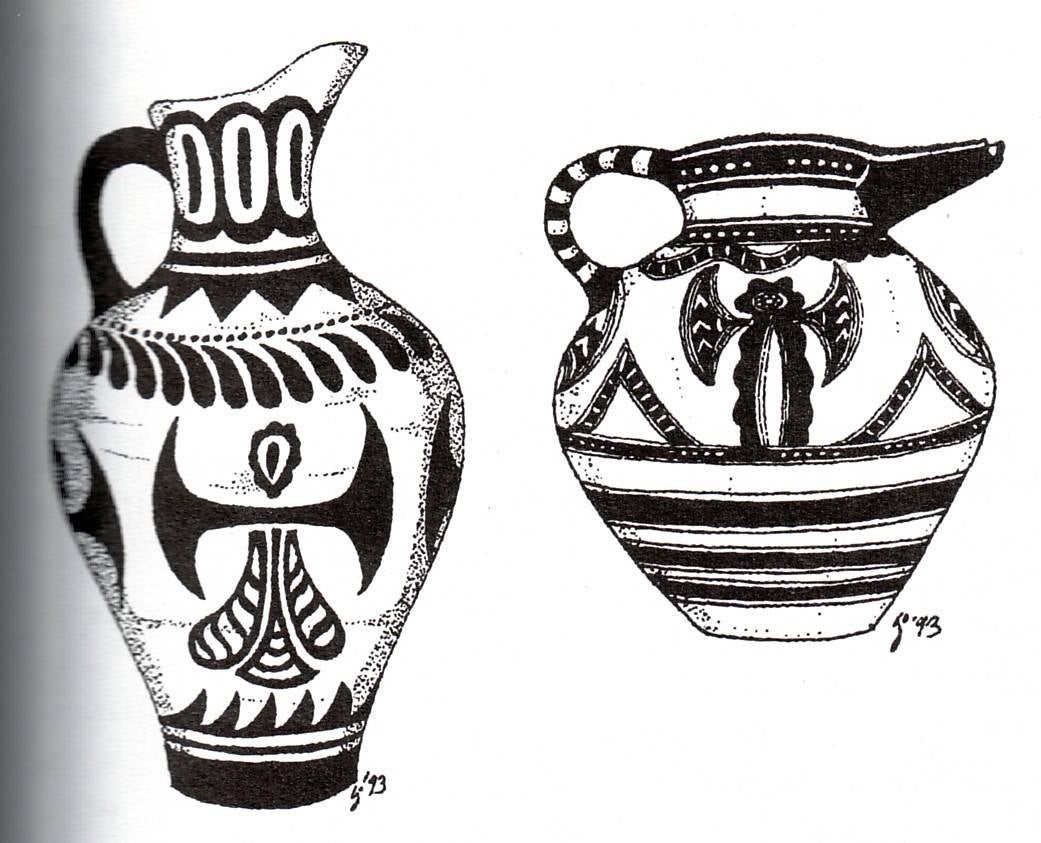
Wednesday, May 28, 2015
The Long Sword
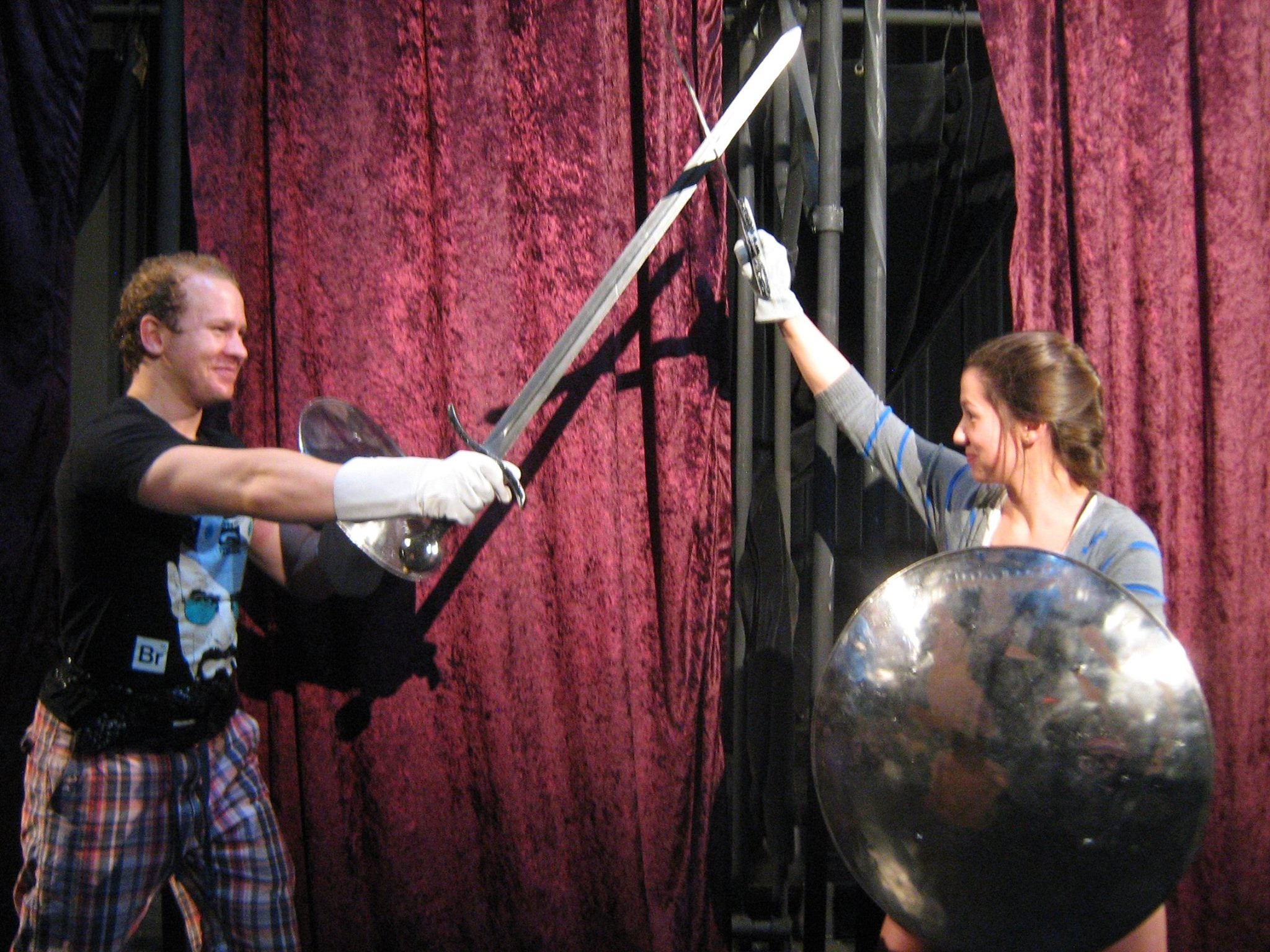
What popular battlefield weapon was sometimes known as a ‘Bastard Sword’?
The term ‘bastard sword’ comes from the French ‘epee batarde’ and refers to the hand-and-a-half sword or, more commonly, the long sword. Advancements in armour between the 13th and 15th centuries led to the handle of the long sword becoming wide enough for two hands to grip the handle.
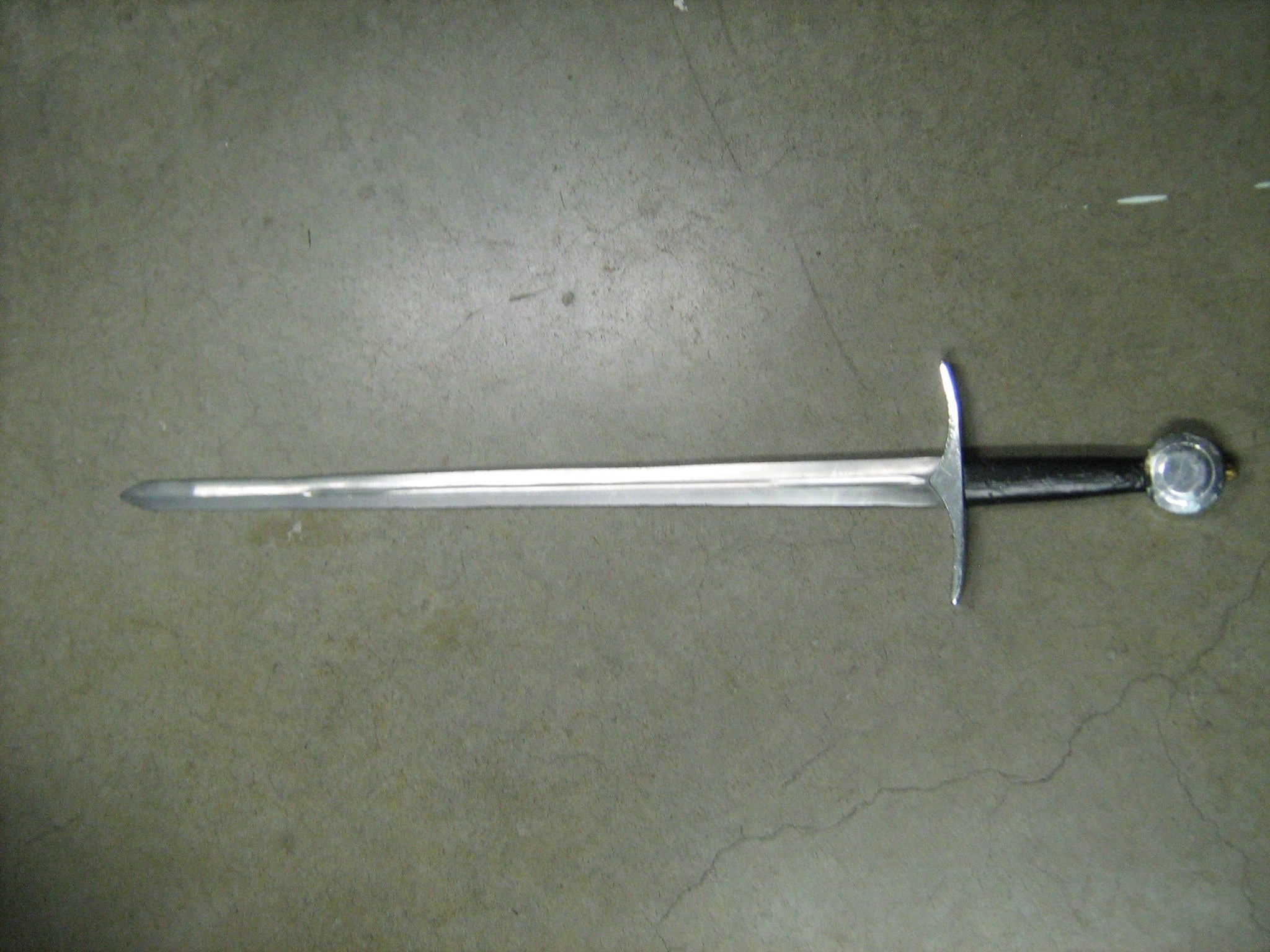
This increased attacking power, control, and ease, which meant it became widely used in battle. At the same time, the shield became less effective: as shields were slowly phased out of battle, sword blades became longer to adapt to the wide use of personal armour.
The long sword’s primary use in attack was slashing and thrusting, and was popular in battle until gunpowder became common, which helped phase out the battlefield long sword by the 16th and 17th centuries.
Wednesday, May 21, 2015
The Rapier
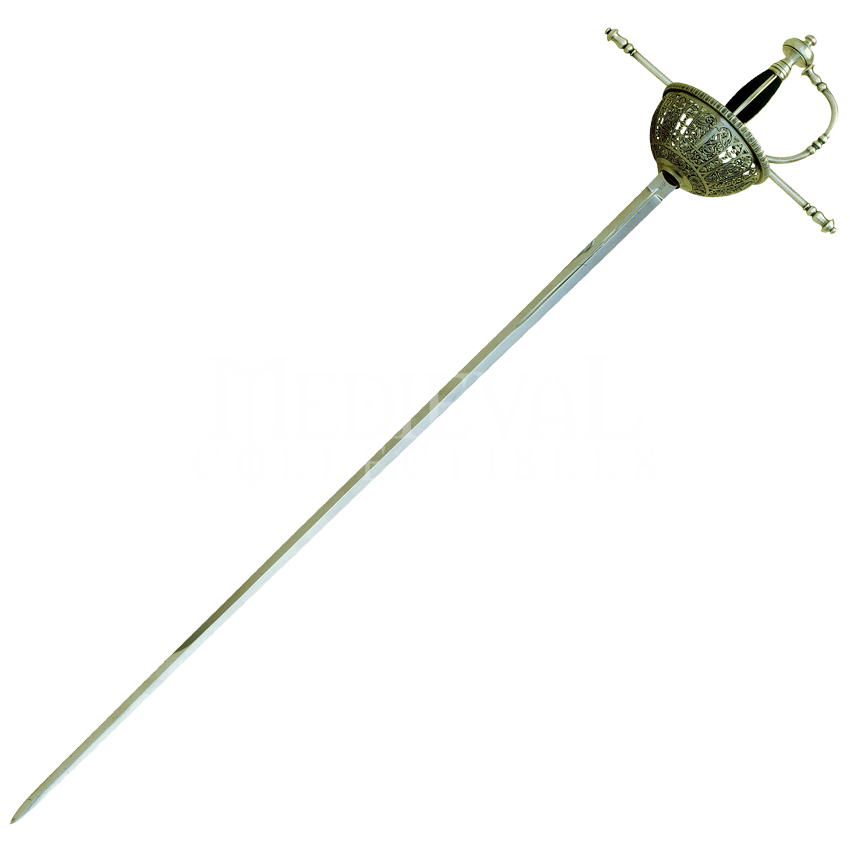
Blade: Narrow & thin
Hilt: Large crossguard with bars, rings, plates or cups
Use: Thrusting
The name comes from the Spanish term "espada ropera" which means dress sword or "sword of the robes". This sword was popular all over Europe from the 15th to the 17th century. The rapier changed throughout the years and has had many different variations. In the beginning the blades were wide
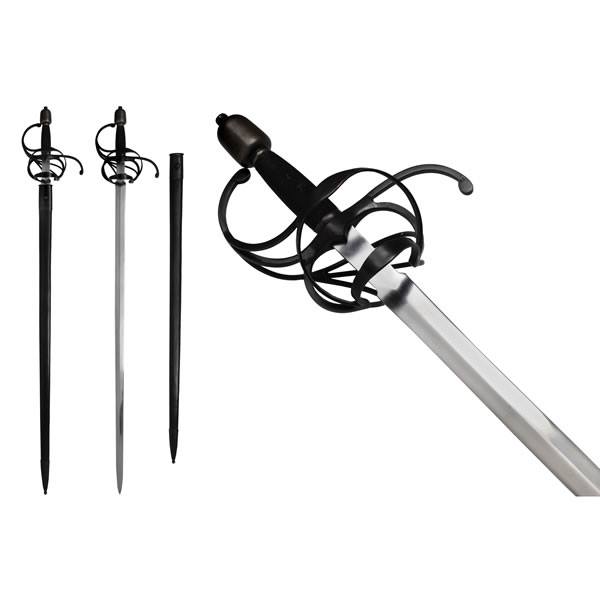
For more information on the rapier, click on the websites below:
http://footguards.tripod.com/06ARTICLES/ART03_Rapier.htm
http://www.thearma.org/Youth/rapieroutline.htm#.VVyEs0b3iDc
http://www.historynet.com/weaponry-the-rapier.htm
